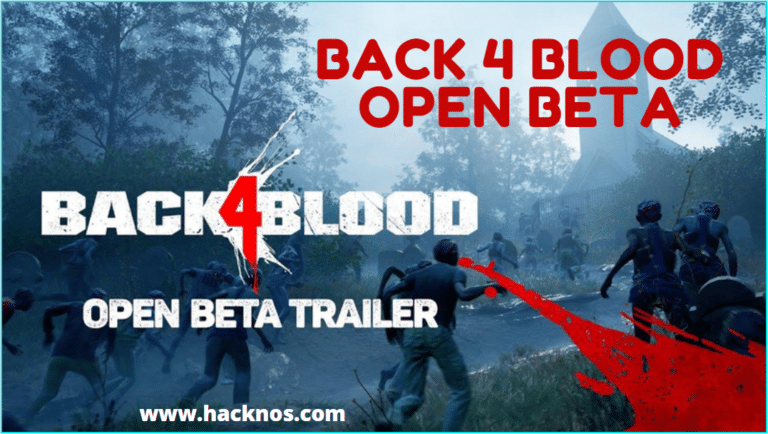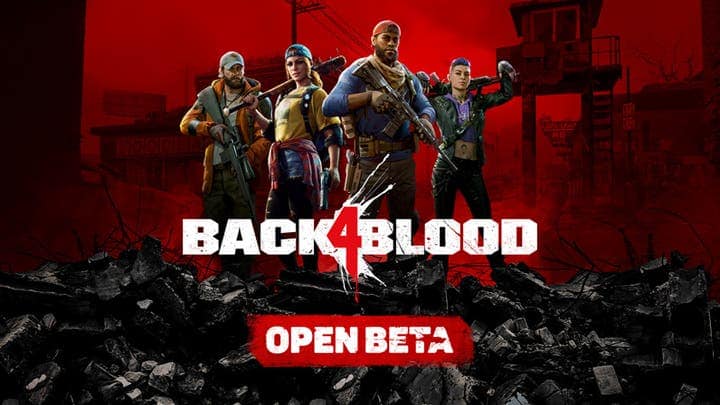
Now, the game is set for release on October 12th, 2021, but it’s bringing some changes along with it. It was also at a time when the game was still scheduled to release in June. At the time, the game showed a strong foundation built from the Left 4 Dead franchise while using new elements to build something new. These are obviously very valuable, and you should work with your team to buy as many as you can.It’s hard to believe it’s been nearly eight months since we played the Back 4 Blood Closed Alpha. You can also buy team perks at each safe house, if you have enough copper.

Ideally, you will want to choose perk cards that help you scavenge items early in your campaign run, switching to the rest later in your run. It will need to be unlocked with a tool kit. Intel containers are scattered around lootable locations in the campaign, each containing a random basic card, except the specially marked locked container which gives a random card from your built deck. In the end, if you play a campaign from start to finish, use all continues, and open the locked Intel container, you can theoretically activate all fifteen cards in one match. This is in addition to your starter card and initial draw that you get at each continue. You then choose one card to activate at that time.
BACK 4 BLOOD OPEN BETA EARLY ACCESS PLUS
These represent each of the suits, plus a wildcard. At the beginning of each round as Cleaners in versus, or after reaching a safe room in campaign, you draw a selection of cards to choose from. Now onto how your deck works while in a match. Generally, the higher level cards cost more points to unlock, with the last card in the line being an expensive perk card that gives a bonus to the entire team. New cards are unlocked by spending supply points, earned while playing, on different supply lines. For reference, basic cards are the weakest, but most plentiful perk cards. To avoid drawing basic cards too soon, you will want to try to have close to even numbers of each of the four suits. Each card has a suit symbol in the corner. After that, you choose up to fourteen additional cards to complete the deck. This becomes your starter card, always being activated during play. You start by selecting your first card, which is extra important. Although you can play with a pre-built starter deck in campaign or class deck in versus, it is generally best to build your own after your first run.

This results in an experience with greater replayability than others I have played in the genre. The system is implemented well and provides an extra layer of strategy and customization. One of the aspects of the Back 4 Blood Beta that sets it apart from other games in the genre, like Left 4 Dead, is its perk card system. In addition to the primary and secondary weapons, there are also throwables in the form of grenades, Molotovs and firecrackers but they don’t feel quite as powerful. The melee weapons are no-brainers – as in they’re great for slashing and smashing braindead bad guys. My favourite by far is the Desert Eagle – it feels powerful, easy to handle and I hope they leave it alone and don’t nerf it. Primary weapons like the M1A felt smooth while the reloading times on the majority of the guns were amazingly fast, with the exception of LMGs. The weapons themselves consist of two classes, Primary and Secondary, and you can carry one of each in your inventory. (Although, you can also purchase some weapons at the safe houses). Weapons and their ammo are freely available in safe houses and on maps. Basically, point the shooty end of the gun or the smashy bit of the melee weapon at the enemy zombies, called Ridden, and pull the R2/RT trigger. The campaign of Back 4 Blood is easy to pick up if you have any previous experience with video-game shooters.


 0 kommentar(er)
0 kommentar(er)
